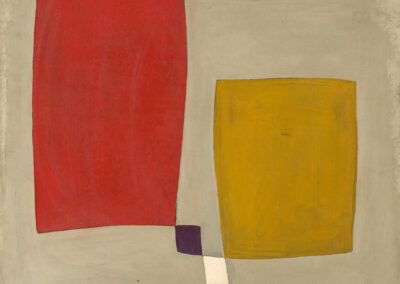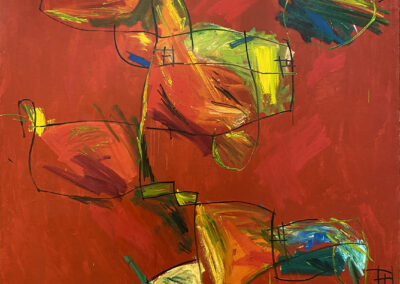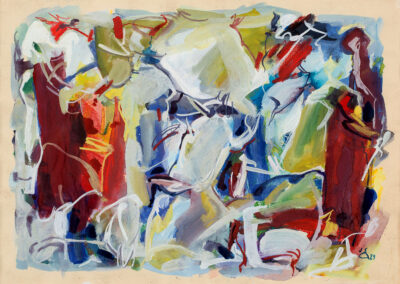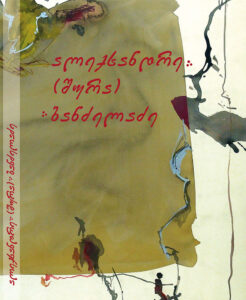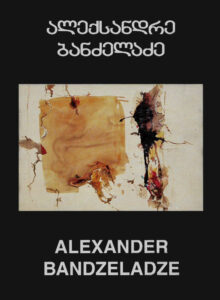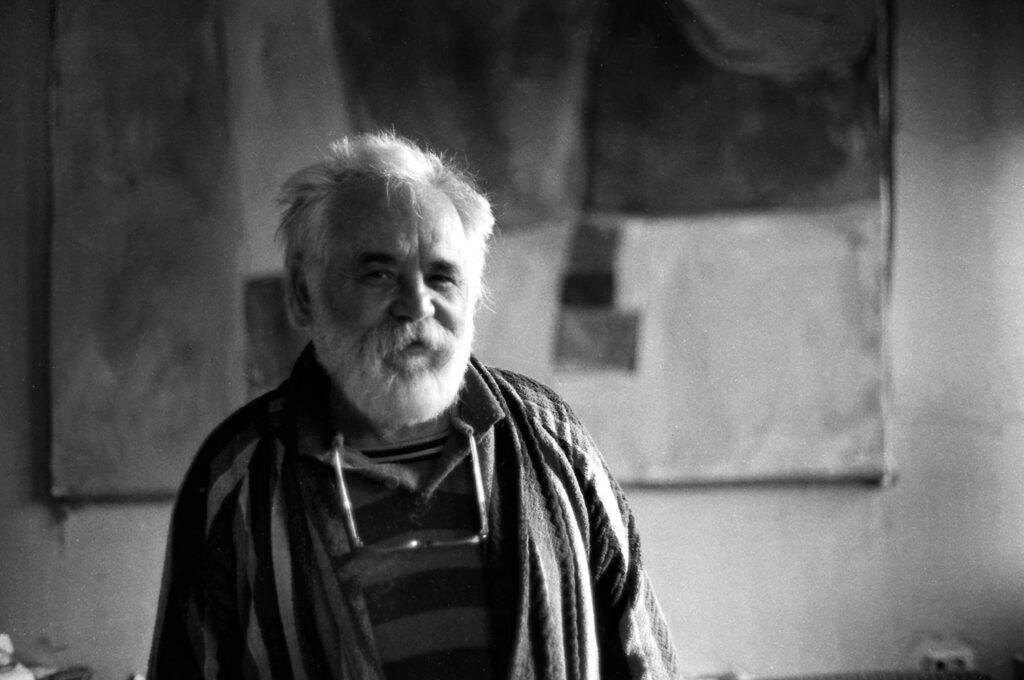Alexandre Bandzeladze
Images
Info
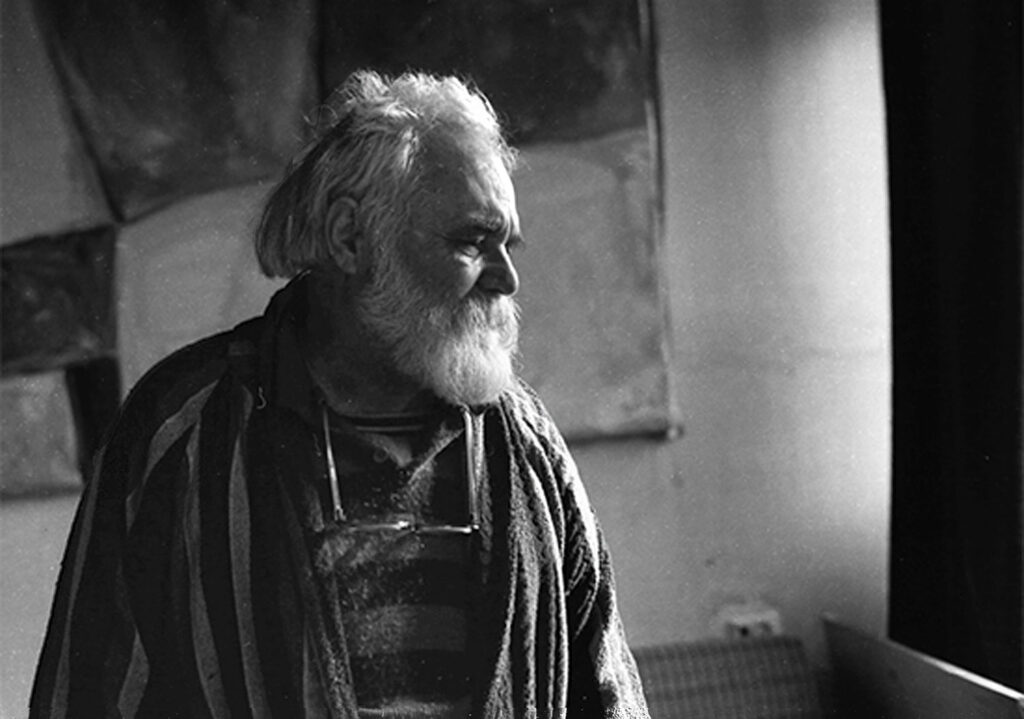
Since the 1960s, several artists managed to escape the ideological pressures of Soviet art. Among them was Aleksandre Bandzeladze, who introduced international art trends and achievements into Georgian painting, and had a profound influence on forming the next generation of his colleagues. The methodological research of artists from the “eighties,” in fact, flows under the influence of Bandzeladze, who facilitated the process as a result of his active pedagogical work.
After David Kakabadze, he is one of the first to bring abstract painting back to the Georgian creative space, and create an original version of non-figurative art.
Aleksandre Bandzeladze’s abstractions are of an improvisational character. In the world of abstractions, the artist creates his own model of non-figurative art, which, in general, also bears signs of American and European abstraction, albeit quite individual in terms of execution, style and emotion. Works that are sometimes produced with application of surrealist interpretations, and at other times use Lettrist combinations, are distinguished because of their colors, lyricism and strong emotions. In Soviet art of the 1970s and 1980s, Bandzeladze’s methodological quest is considered to be related to “postmodernist” signals. It brought to life progressive changes, and during the events of this period was considered to maintain a non-conformist position. His profound knowledge of classical and modern painting, his work in the field of non-figurative art during the Soviet period and nonconformist position, his virtuoso execution of monumental drawings and a large-scale religious project (the frescoes at the Church of the Nativity of the Blessed Virgin in Didube, 1979-1989) together with his pedagogical work make Aleksandre Bandzeladze a leading artist of the 20th century.
Baia Tsikoridze

